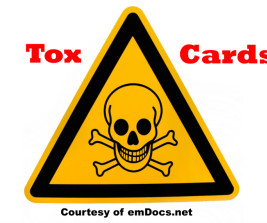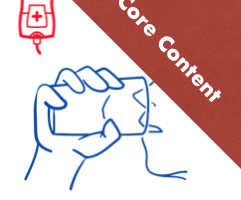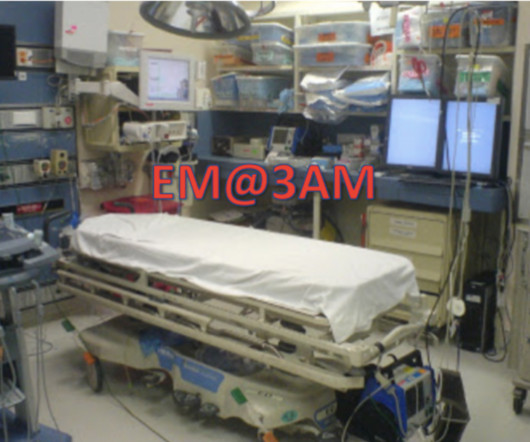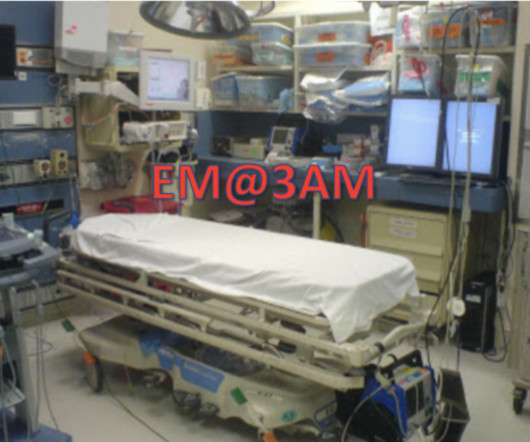ToxCard: Iron
EMDocs
DECEMBER 6, 2024
Characterized by hypovolemia, vasodilation, reduced cardiac output, hyperventilation, elevated temperature, seizure, coma, and cardiovascular collapse. Consider intubation for patients with airway compromise, respiratory failure, altered mental status, or seizure. 5 Seizure: IV benzodiazepine first line, barbiturates as second line.




















Let's personalize your content